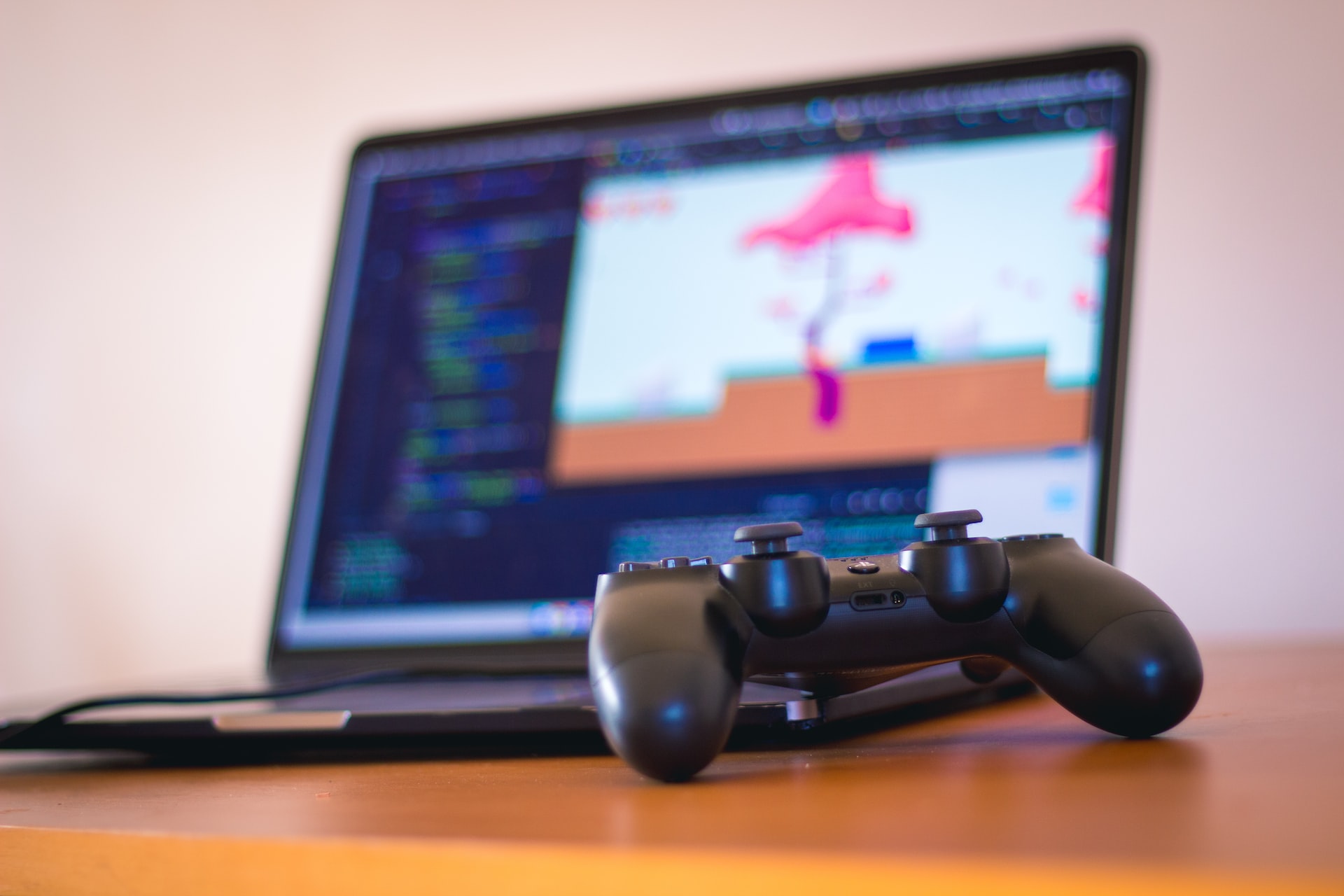Video games have long been one of the most popular forms of entertainment. According to the latest data the number of gamers in the world has reached almost 3 billion people, and by 2024 this figure will increase to 3.32 billion. In this article, we take a look behind the scenes of this huge market and examine how game projects are actually created, and what amount of work is behind the exciting gameplay and user-friendly game interface.
Creating a game is a painstaking and time-consuming process that can last from months to years. For example, most games in the Assassin’s Creed franchise took on average 2-3 years to develop, and that’s while up to 15 internal Ubisoft studios were working on them.
However, regardless of the size of the game, game development involves several major stages of production.
Planning
This stage is where the idea for the future game is born, which, in addition to the first drafts of the scenario, includes other important parameters:
- budget;
- target audience;
- game format – 2D or 3D;
- who the main characters are;
- where the main game action will take place;
- whether the world will be open or closed;
- what platform the game is created for – IOS, Android, PC, PS and Xbox consoles;
- the expected launch date, taking into account the budget and capabilities of the development team.
Thus we form an expectation – what the project should be like and who will play it.
Concept Validation
Before starting the technical development it is important to verify the viability of the future game in the market. To do this, several questions need to be answered:
- Is there a technical capability to create the conceived project?
- How big should the team be?
- How much will the development cost and is the planned budget sufficient?
- Will a game engine be needed and which one – Unity, Unreal Engine, etc.?
- Will outside voice actors and writers be hired?
- What are the options for monetizing the game, perhaps the game is developed for online casinos and should immediately think about attracting bonus offers?
Pre-production
When the concept of the game formed and the budget approved, experts begin to prepare for the production. This is where the writers, artists, animators, programmers, engineers and other important departments build a plan for technical implementation and collaboration. Here are a few examples of such cooperation:
- Screenwriters flesh out the storyline, defining the main characters, their backstory, character, and options for interacting with the world around them. After that, they meet with artists to discuss the appearance of the characters, styles, palettes, and other nuances.
- Engineers agree with the writers the number of characters. For example – no more than 100, otherwise the stability of the engine will be broken.
- Developers agree with engineers agree on the physics of the project, the game mechanics and other things.
- Project-manager meets with various departments and formulates a technical specification, taking into account all the nuances.
The result of pre-production is finished sketches of characters, game environment and interface, control schemes and other in-game elements. This allows us to see how they fit into a single virtual world, how they feel to the player and how they interact with each other.
Production

This is the most complex and time-consuming part of gamemaking, during which the project is actually brought to life. The production phase includes:
- script writing;
- development and animation of character models so that they fully correspond to the described story;
- creation of the game environment – the virtual world in which the events will take place;
- audio design, consisting of musical accompaniment and voicing effects;
- voice voicing of characters;
- level design – creating immersive environments that are suitable for different game styles;
- writing code that brings everything that happens on the gamer’s screen to life;
- All of these and other technical points can take years of iteration.
Testing
Playtesters are involved in testing every game mechanic, level, terrain element, and equipment. This gets rid of all the bugs and bugs made during the development phase to ensure players have a superior user experience.
There are several points that are given special attention during the review process:
- Are there levels or areas where the game hangs?
- Do all interface elements fit on the screen, taking into account all possible extensions – for example, on different smartphones or monitors with different diagonal sizes?
- Can a character walk through a wall or otherwise get outside the game environment?
- Do all features work correctly as intended?
- How interesting are the character dialogues, do they not last too long?
- Does the game launch correctly on all devices, and are there crashes?
- If we’re talking about mobile games – how does the game behave, in cases of incoming calls, notifications and other things?
There are even different kinds of playtesters in game development. For example, some are engaged in conducting stress tests – they endlessly bump into walls and elements of the landscape, trying their best to “break the game”. Others evaluate the “fun factor” – how interesting the gameplay is from the gamer’s point of view, how difficult the levels are, whether the storyline is exciting. That is, they go through the game to determine if it satisfies the needs of the target audience.
After dozens of hours of thorough testing, the project is ready for pre-launch.
Beta testing
Beta testing helps identify bugs that were not noticed during testing in order to fix them before the official release.
In addition, pre-launch is often part of a marketing campaign and helps “warm up” gamers’ interest in a new project.
Launch
The release is justly considered to be the most exciting stage, when the game is presented to the masses of gamers and starts to pay off. However, even after the official launch, the technical work on the project does not end.
To maintain the long-term interest of the audience, the game must continue to evolve. Updates, in-game events, new characters, balance corrections – all this will help the game to remain popular even after many years.

